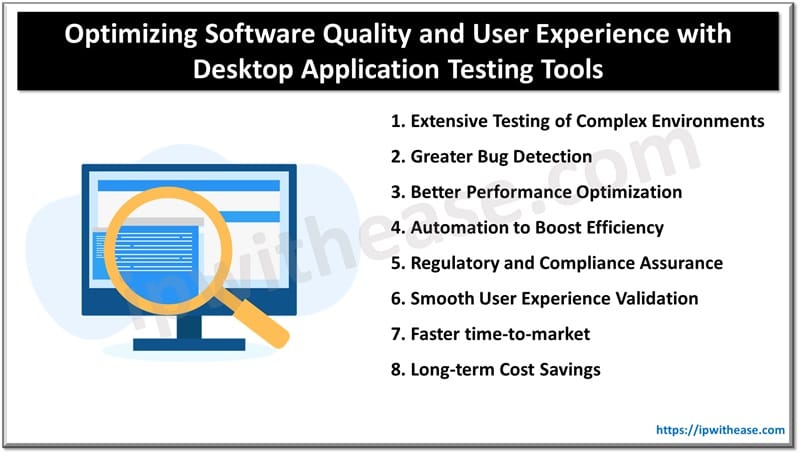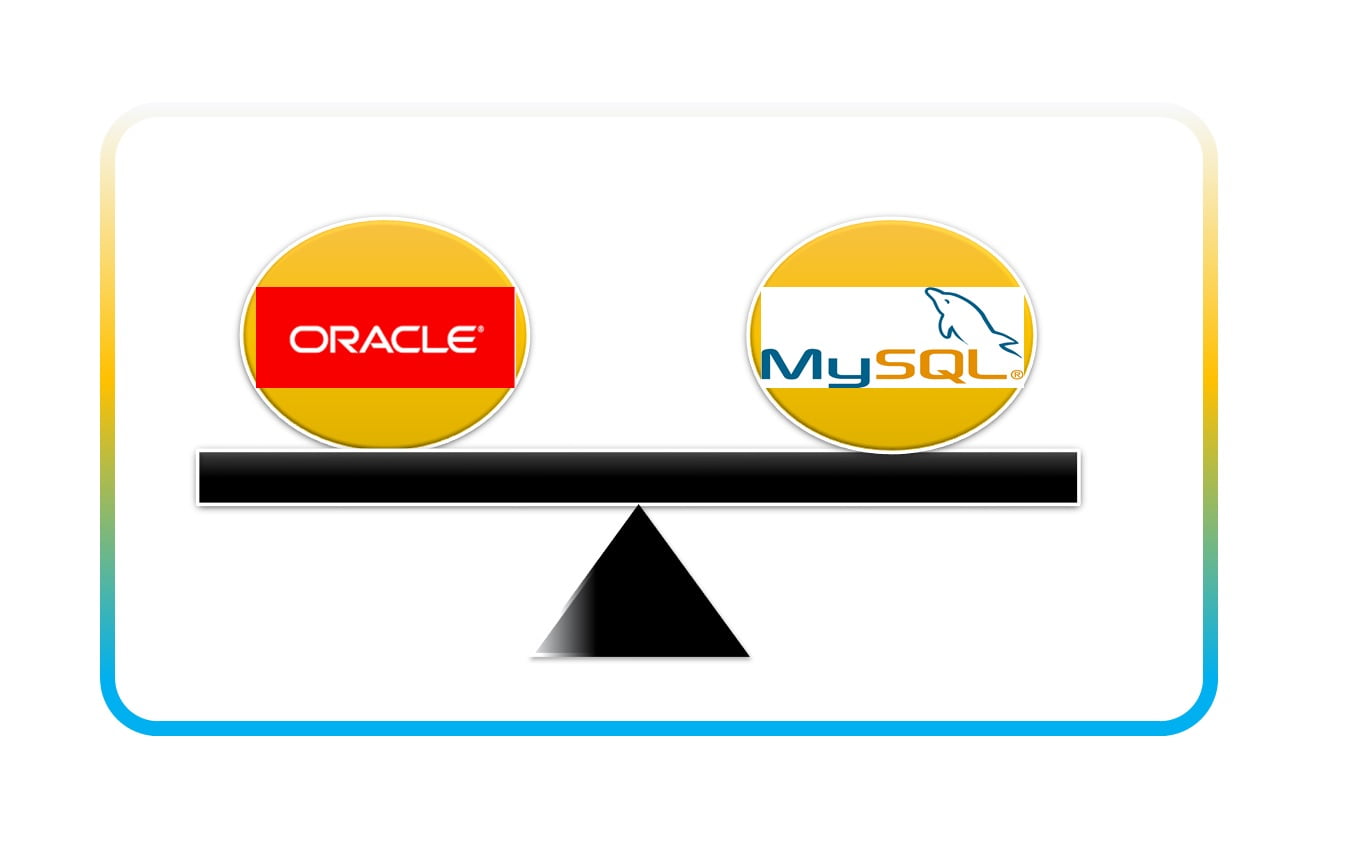Table of Contents
In today’s rapidly shifting digital age, software quality and user satisfaction are critical when determining the viability of desktop applications. Because these applications play a pivotal role in various sectors, including financial services and healthcare, guaranteeing that they work efficiently in all situations is imperative. Desktop application testing tools help organizations offer high-quality software while fulfilling user expectations.

This article discusses seven solid reasons why desktop application testing tools are vital for improving software quality and user experience.
Why Desktop Application Testing Tools are Vital
1. Extensive Testing of Complex Environments
Desktop applications often run in complex contexts, including several operating systems, hardware configurations, and software dependencies. Testing techniques created exclusively for desktop apps guarantee that all of these factors are considered.
These tools simulate real-world situations to give insights into how apps will operate in various contexts. This allows developers to uncover compatibility concerns much earlier in the development lifecycle, thus reducing the likelihood of application failures after launch.
2. Greater Bug Detection
One key goal of testing tools is to find and fix defects before they reach end users. Unlike manual testing, automated desktop application testing solutions can swiftly run thousands of test cases, further assuring complete coverage of all potential situations.
Early discovery of flaws avoids costly improvements in later phases of development. It also protects the user experience by lowering the possibility of performance bottlenecks or breakdowns in production.
3. Better Performance Optimization
Performance testing is essential for desktop programs that need high-speed processing, such as gaming platforms, graphic design tools, and corporate solutions. Testing tools may mimic large workloads and stress circumstances, essentially allowing developers to see how the application operates under different loads.
By utilizing this data, development teams may improve application responsiveness, memory utilization, and processing speed, resulting in a more seamless user experience.
4. Automation to Boost Efficiency
Manual testing may be tedious and susceptible to human mistakes, particularly when performing repeated activities. Automation technologies dramatically simplify the testing process, maintaining consistency and accuracy throughout several test cycles.
Many desktop application testing solutions work effortlessly with mobile automation technologies, allowing cross-platform testing to verify that the applications are stable across platforms. This comprehensive method saves time and resources and improves the overall efficiency of the testing process.
5. Regulatory and Compliance Assurance
Adherence to industry norms and laws is crucial in regulated sectors, including e-commerce, healthcare, and finance. Testing tools generally verify that desktop programs meet the necessary security, data privacy, and accessibility requirements.
These solutions provide automatic reporting and audit trails, facilitating regulatory compliance. Businesses may reduce the risks of monetary penalties or data breaches, protecting their image and consumers’ trust.
6. Smooth User Experience Validation
User experience (UX) is a vital aspect of software success. Testing tools assess desktop programs’ usability, navigation flow, and performance to guarantee a pleasant user experience.
By detecting points of resistance or poor design, these tools enable teams to make essential changes prior to launch. The ultimate result is a straightforward, user-friendly program that meets and often exceeds user expectations.
7. Faster time-to-market
In a competitive market, the ability to provide high-quality software rapidly may make all the difference. Automated testing technologies shorten the development cycle by allowing for parallel testing, rapid iterations, and continuous integration.
8. Long-term Cost Savings
While installing desktop application testing technologies takes an initial expenditure, the long-term benefits are substantial. These solutions save businesses money by automating repetitive activities and avoiding post-deployment difficulties.
Furthermore, with fewer defects and performance difficulties, businesses may reduce the need for significant customer service, resulting in further cost savings and higher customer satisfaction.
Picking the Right Desktop Application Testing Tools
The market provides diverse testing solutions, each tailored to unique needs. When choosing the appropriate tool for your project, consider variables such as:
- Compatibility: Ensure the tool works with your desired operating systems and hardware specifications.
- Ease of Use: Look for tools with simple interfaces and short learning curves.
- Integration Capabilities: Select solutions that work easily with your current testing environment.
- Scalability: Choose a system that can adapt to your application’s changing complexity and testing needs.
- Support for Automation: Check if the tool corresponds with your automation objectives, particularly if you want to integrate with mobile testing tools.
Adopting Testing Tools for Long-term Success
The relevance of desktop application testing tools cannot be underscored. They are critical in improving software quality, assuring user delight, and meeting corporate objectives. Organizations that use these technologies may preserve a competitive advantage in an increasingly digital environment.
As software complexity grows, investing in the most suitable testing tools and methodologies will remain indispensable for success. Businesses can develop desktop apps that stand out for their dependability, performance, and user-centric design by emphasizing rigorous testing methods and using the latest technologies.
ABOUT THE AUTHOR
IPwithease is aimed at sharing knowledge across varied domains like Network, Security, Virtualization, Software, Wireless, etc.



